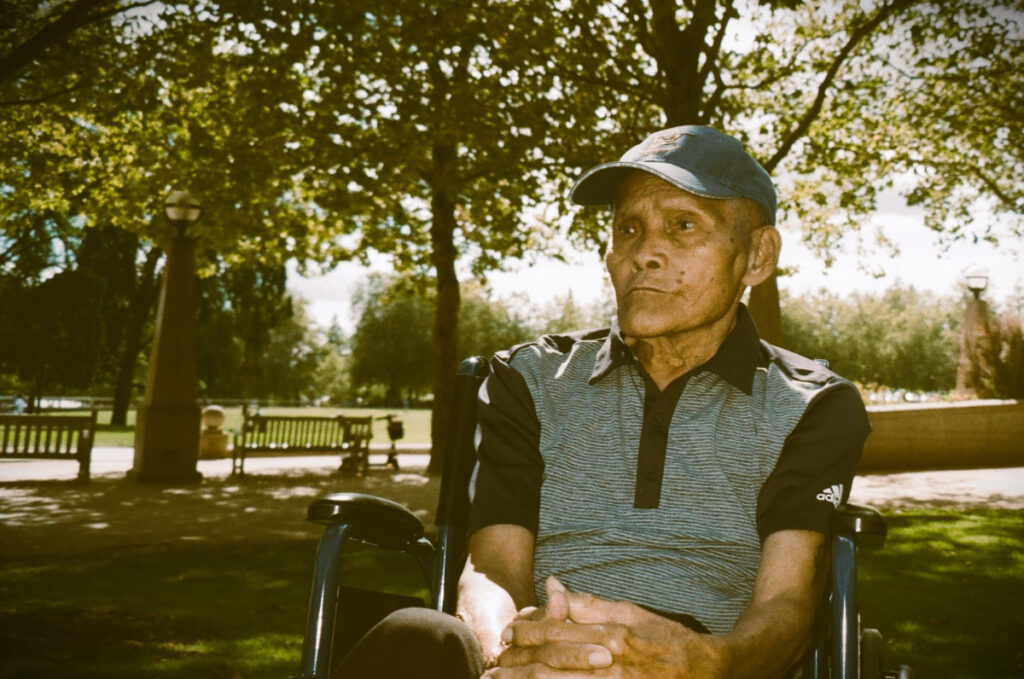By Mohamad Rafiq Aiman Bin Rizuwan
As Malaysia steadily moves toward becoming an ageing nation. With more than 15% of its population projected to be over 60 by 2030, the urgency to reimagine how we care for our elderly cannot be overstated. The realities of longer lifespans, shrinking family sizes, and urban migration have strained traditional caregiving models, calling for thoughtful integration of technology into eldercare services. As a biomedical engineering student, I believe that the answer may lie in the sensors we build and the empathy we embed in them.
Around the world, sensor-based technologies are being used to address issues such as fall detection, medication adherence, vital signs monitoring, and mobility support. In Japan and Scandinavia, ambient sensors monitor daily activities and flag abnormalities. In Singapore, elderly housing integrates motion sensors and AI to detect falls and inactivity. But Malaysia has yet to fully embrace this potential, especially in ways that address our unique sociocultural and geographic realities.

We often forget that elderly care in Malaysia is a tapestry woven from many threads, including rural and urban life, ethnic and religious practices, varying health statuses, and generational expectations. For instance, the needs of a frail elderly woman in a rural Kelantan kampung differ vastly from those of a tech-literate retiree living alone in a Kuala Lumpur high-rise. Where urban elders may face loneliness and disconnection despite proximity to services, rural elders may face isolation due to sheer inaccessibility of care facilities. Cultural expectations also play a role; Chinese families may lean more toward multigenerational living, while Malay and Indian families may rely on community networks or mosques and temples for elder support.
Religious practices can influence caregiving routines too. Muslim elders require timely support for ablution and prayer, while Hindu elders may have dietary and ceremonial needs. Designing one-size-fits-all technological solutions would be not only ineffective but ethically problematic.
As a future engineer, I see an opportunity and a responsibility to design technologies that don’t erase these differences but embrace them. Imagine motion and temperature sensors customized to monitor an elderly person’s movement while respecting their prayer times.
Or a wearable device that not only tracks vital signs but sends updates to family members and religious leaders who serve as emotional anchors. AI-powered platforms can learn a user’s behavioural patterns and predict early signs of dementia or depression, providing caregivers with timely alerts before conditions worsen.
But the future isn’t just about machines; it’s about the interface between humans and machines. One challenge is acceptance: elders who didn’t grow up with smartphones may resist unfamiliar devices. However, the next generation of elderly (today’s 50-somethings) are more digitally literate. Far from lonely, they may be more socially connected than we expect. For them, sensor-based solutions could blend seamlessly into their lives, much like fitness trackers do today.
This evolution gives hope, but it also reminds us: the success of elderly care technologies hinges not on hardware, but on trust, culture, and relevance.
Efforts are already underway, both locally and globally. Monash University’s Gerontechnology Lab is exploring smart home solutions for the elderly. Malaysian startups like The Malaysian Caregiver Circle are using digital platforms to match caregivers to seniors. Internationally, countries like Denmark have integrated elderly-friendly technologies into public housing. Japanese firms are developing AI-powered robotic pets for emotional support. Even governments are taking note; Singapore’s Ministry of Health launched the “Smart Elderly Care @ Home” initiative to trial home-based sensors for health monitoring.
Yet, challenges remain. Funding for R&D is limited. Bureaucracy slows deployment in public eldercare homes. Many sensor-based solutions remain too expensive for low-income communities. And worst of all, many are developed without the voice of the elderly themselves.
This is where we, the next generation of biomedical engineers, must step in. Not just as inventors, but as listeners and translators between seniors and systems. We must go into communities, observe, ask, understand. We must design with, not just for, the elderly. We must make sure that a sensor is not a cold device on a wall, but a quiet companion that upholds safety and dignity.
Malaysia’s ageing population is not a burden; it is an invitation to build a more caring, smarter society. As a student, I dream of developing affordable, culturally adaptable, and easy-to-use sensor networks for eldercare homes. But I also dream of changing how we think about age; not as decline, but as a stage of life worth honouring with the best of our minds, science, and compassion.
Mohamad Rafiq Aiman Bin Rizuwan is a 4th Year Biomedical Engineering Student at Universiti Malaya
